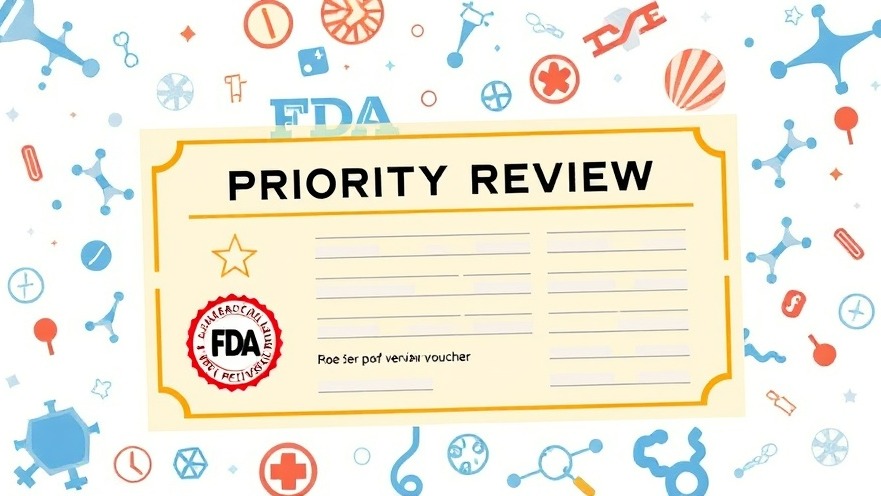
The Rising Tide of R&D Investments: Public vs. Private Sector
In the complex sphere of medical research and development (R&D), understanding the dynamics between public and private sector investments is crucial—especially for concierge medical practice owners seeking to thrive in a highly regulated environment. While both sectors play a significant role, their contributions reflect differences that can impact the development of innovative therapies and practices.
A Glimpse at Economic Contributions
According to a recent study, the National Institutes of Health (NIH) funded discoveries contributed a staggering $69 billion to the U.S. economy in 2011, supporting approximately seven million jobs. This impressive figure underscores the importance of government-funded research in bolstering economic growth. Yet, it's equally important to note that in 2020, the private sector—particularly within biomedical and pharmaceutical arenas—generated over $1.4 trillion in economic output. The sheer scale of private sector funding dwarfs that of public funding, which raises critical questions about the most effective allocation of resources in healthcare innovation.
Funding Figures: A Closer Look
Investigating the specifics, NIH funding for 18 FDA-approved therapies was a mere $0.670 billion, while private sector spending in the same area soared to $44.3 billion, revealing a staggering investment disparity. Such financial evidence suggests a strong correlation between private sector funding and FDA approval rates. A logistic regression analysis indicates a positive and significant relationship, signifying that more private funding increases the probability of a drug receiving FDA approval (p ≤ 0.0004). In stark contrast, public funding appeared not to influence the approval likelihood in a statistically significant manner.
Shifts in Marketing vs. R&D Budgets
Another noteworthy trend over the past 40 years is the shift in drug companies' spending habits. Contrary to public perception that advertising overshadows R&D, the reality tells a different story. Funding for R&D has increased dramatically, from $6.3 billion in 1979 to over $61 billion by 2018—almost a tenfold increase, adjusted for inflation. At the same time, marketing expenditures have decreased significantly, dropping from 6% of sales in 1979 to less than 3% in 2018. For practice owners, understanding this trend is vital to aligning their business strategies with the current landscape of medical management.
Future Directions for Concierge Medicine Tactics
As concierge medical practices focus on personalized care, the implications of these funding trends could shape the way they approach their own innovation and operational strategies. With private R&D investments driving a notable increase in FDA-approved therapies, practice owners might leverage partnerships with innovative biotech firms or stay informed about the latest developments within the private R&D domain. This proactive approach can position them as leaders in their markets, dedicated to providing cutting-edge medical options to their clientele.
The Importance of Informed Decision-Making
In summary, the interplay between public and private R&D investments significantly impacts the healthcare landscape. For concierge medical practice owners, recognizing the nuances of these investment trends can inform business decisions, foster growth, and enhance competitive edge. With the right insights, practices can not only navigate the complexities of healthcare regulations but also adapt swiftly to market changes, ensuring they remain at the forefront of innovative patient care.
 Add Row
Add Row  Add
Add 






Write A Comment